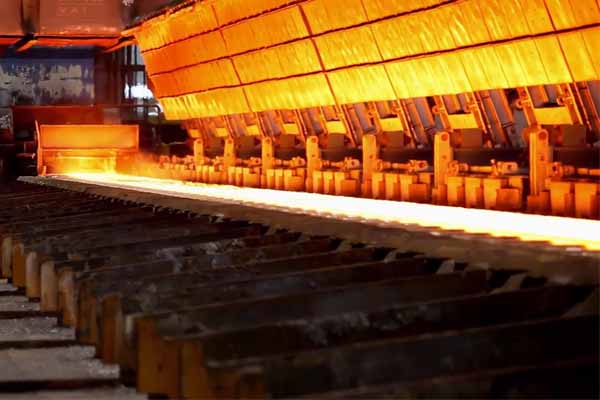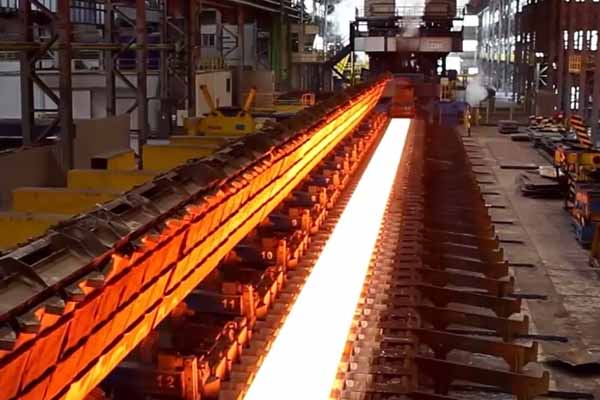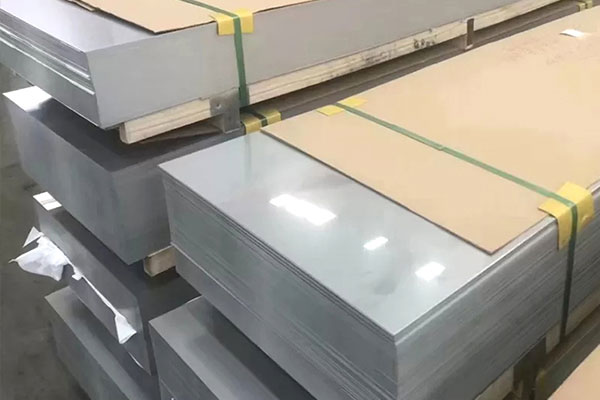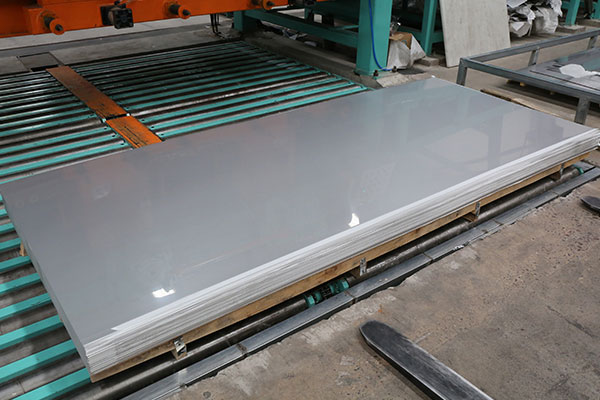Offshore wind farms, hailed as pillars of renewable energy, face an unrelenting adversary: seawater. This corrosive cocktail of salt, oxygen, and microbes devours metals with ruthless efficiency, turning engineering marvels into crumbling relics. For decades, titanium alloys were considered the undisputed champions of marine environments, celebrated for their lightweight strength and corrosion resistance. Yet in a twist that defies conventional wisdom, 904L stainless steel plates are increasingly replacing titanium in critical components of offshore wind turbines—and outperforming them. The reasons behind this paradox reveal a complex interplay of chemistry, economics, and the unforgiving realities of the open ocean.
At first glance, titanium’s credentials seem impeccable. Its passive oxide layer forms an armor against chloride ions, the primary corrosive agents in seawater. But offshore wind farms operate in a realm of extremes where theory collides with practice. Turbine foundations, submerged in oxygen-depleted seabed mud, create localized anaerobic conditions—a perfect breeding ground for sulfate-reducing bacteria. These microbes produce hydrogen sulfide, a gas that penetrates titanium’s oxide layer, triggering pitting corrosion at bolt connections and weld seams. 904L stainless steel, with its elevated nickel (23-28%) and molybdenum (4-5%) content, resists this microbial assault. The alloy’s dual-phase structure—austenitic matrix with chromium-carbide precipitates—slows hydrogen diffusion, a key factor in stress corrosion cracking. Recent studies from the North Sea show 904L turbine base plates exhibiting negligible crevice corrosion after 15 years, while titanium counterparts required costly replacements within a decade.
The paradox deepens when considering mechanical demands. Titanium’s fatigue resistance under cyclic loads—a critical trait for turbine components battered by waves—is theoretically superior. Yet in real-world installations, 904L plates outlast titanium in high-stress zones like tower flanges and transition pieces. The secret lies in 904L’s work-hardening behavior. As tidal forces flex turbine structures, the alloy’s nickel-rich composition enables dynamic recrystallization, redistributing stress concentrations that would accumulate fatigue damage in titanium. This self-healing-like property was starkly demonstrated in Scotland’s Beatrice Wind Farm, where 904L plates in load-bearing joints showed 40% less micro-cracking than titanium after five years of operation.
Cost and practicality further tilt the scales. While titanium’s raw material costs are notoriously volatile—often 3-5 times higher than stainless steel—904L’s machinability reduces lifecycle expenses. Offshore maintenance crews face Herculean challenges repairing titanium components in situ; its low thermal conductivity leads to weld distortion, requiring precise preheating impossible on rocking service vessels. 904L, conversely, welds readily with standard offshore equipment, its copper content (1-2%) improving arc stability in salt-laden winds. When Germany’s Arkona Basin project switched transition piece materials from titanium to 904L, installation costs dropped by 18%, with no increase in corrosion-related downtime over three years.
Environmental regulations add another layer to this materials puzzle. Titanium production’s carbon footprint—linked to the energy-intensive Kroll process—increasingly clashes with wind energy’s green ethos. 904L stainless steel, comprising 50% recycled content in modern mills, aligns better with circular economy mandates. Moreover, its longevity in submerged structures reduces the need for seabed-disturbing replacements, preserving marine ecosystems. The European Marine Energy Centre now mandates 904L for all new turbine anchoring systems, citing both technical and sustainability advantages.
This seawater paradox doesn’t spell titanium’s obsolescence but rather highlights a nuanced truth: material superiority depends on context. In splash zones and atmospheric exposures, titanium remains peerless. But in the sulfidic muds and microbial battlegrounds beneath waves, 904L’s blend of microbial resistance, stress redistribution, and practical weldability makes it the unexpected victor. As offshore wind ventures into deeper waters and more aggressive environments, this stainless steel’s ability to reconcile engineering needs with operational realities may well redefine marine material standards for the green energy era.
 English
English Русский
Русский







